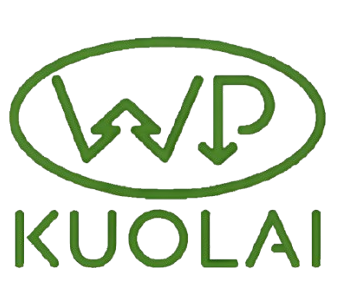Wood impregnation
Many years of experience in wood impregnation
We have been working in the field of wood impregnation for over 10 years, allowing us to offer reliable, high-quality, and time-tested solutions. Our extensive experience ensures that every wood treatment process is carried out professionally, adhering to the highest standards of quality and safety.
We use certified, environmentally friendly technologies that maintain the wood’s durability even under the harshest weather conditions or in direct contact with soil or water.
Deep pressure impregnation is performed in specialized autoclave chambers, where the wood is treated under vacuum and high pressure so that protective substances penetrate deeply into the wood structure. This ensures long-lasting protection without additional surface treatment.
We offer clients only certified products that comply with the EU Timber Regulation.
How long does impregnated wood last?
To ensure wood lasts for many years, it must be protected from moisture, rot, fungi, and wood-damaging pests. The most reliable method is deep vacuum-pressure impregnation, which allows protective substances to penetrate deeply into the wood structure.
Properly treated wood does not require additional coating and is ready for immediate use. Depending on the conditions, such wood can last from 5 to 20 years, even with constant contact with soil or water.
The impregnation process in a specialized autoclave chamber includes several stages:
-
Vacuum – opens the fine pores of the wood and removes surface moisture to ensure better absorption of protective substances.
-
Pressure (up to 12 bar) – forces the preservative deep into the wood, ensuring long-term protection from external factors.
-
Secondary vacuum – removes excess moisture and substances from the surface, leaving the wood clean and ready for use.
This method ensures reliable protection for long-term use even under challenging outdoor conditions.
Pine and Spruce Wood Impregnation Features
The internal structure of pine and spruce wood differs, resulting in significantly different impregnation outcomes. These differences are crucial for understanding the wood’s durability.
Properly prepared pine wood with optimal moisture can fully absorb protective substances – the preservative reaches the core of the wood. In contrast, spruce wood is impregnated only superficially. Even under favorable conditions, the preservative penetrates only 2–5 mm deep. For this reason, pine posts are much more durable.
The Importance of Drying for Impregnation Quality
As mentioned, to achieve maximum protection, pine posts must be dried to approximately 28% moisture. Only then can they be fully impregnated, ensuring protection all the way to the core.
In contrast, attempting to impregnate wet, undried spruce wood yields poor results – it will absorb only a very small amount of the protective substance. Even dried spruce wood has low absorbency, as the preservative penetrates no deeper than 5 mm.
Price Differences: Why Quality Costs More
Higher-quality pine posts require additional production processes. They must be dried in specialized industrial kilns and impregnated according to the 4th protection class. Achieving this class consumes 2–3 times more protective substances compared to the standard 3rd class. For these reasons, a high-quality pine product can be approximately 50% more expensive than a standard 3rd-class product made from mixed spruce and pine wood.
Impregnation Classes: What You Need to Know
Class 1 – For use above ground in a dry location under a roof. There is a risk of insect damage.
Class 2 – For use above ground in a dry location under a roof, but some exposure to moisture is possible.
Class 3 – For use above ground in damp locations without a roof (e.g., terraces). Can also be used in soil that is not very wet.
Class 4 – For direct contact with water or very wet soil.For a lifespan of up to 20 years, Class 4 impregnation is recommended. To make this treatment effective, several important conditions must be met:
-
use only pine wood,
-
dry the wood properly before impregnation (to 28% moisture),
-
ensure the protective substance is pressed deeply into the wood core during impregnation.
Properly treated wood is a durable, reliable solution for various outdoor constructions.
Impregnation Process
Prepared Wood
Stacked on trolleys for treatment with the impregnation solution.
Vacuuming
Air is removed from the autoclave and wood pores. The vacuum is maintained for a set period.
Pore Opening
The vacuum makes the wood absorbent to the impregnating liquid – the surface dries.
Solution Application
The protective solution flows into the autoclave from the reservoir.
Pressure Stage
The liquid is pressed in at up to 12 bar for 0.5 to 2 hours. The system is automated.
Final Vacuum
The liquid returns to the reservoir, and the wood surface is dried (15–30 min).

